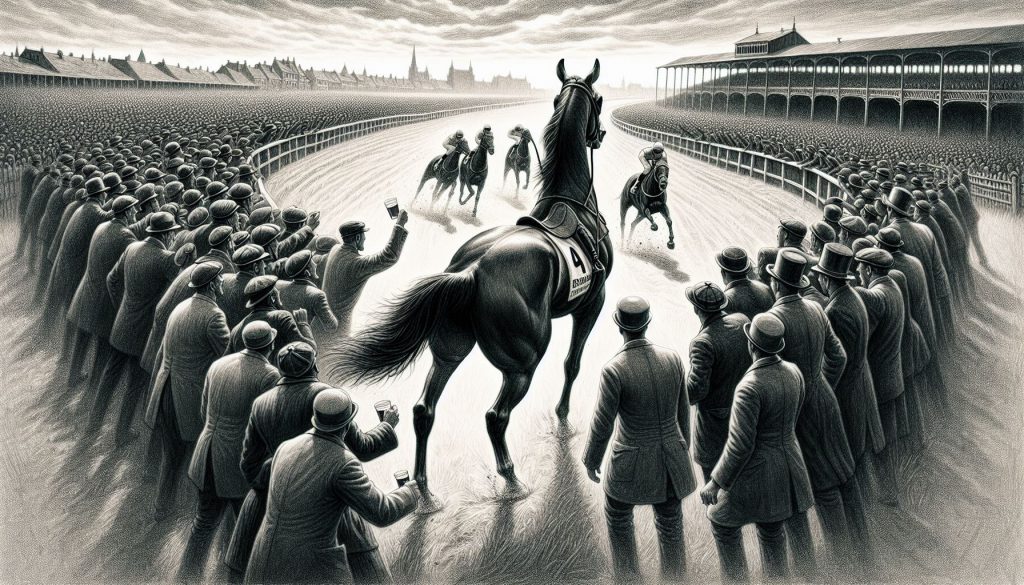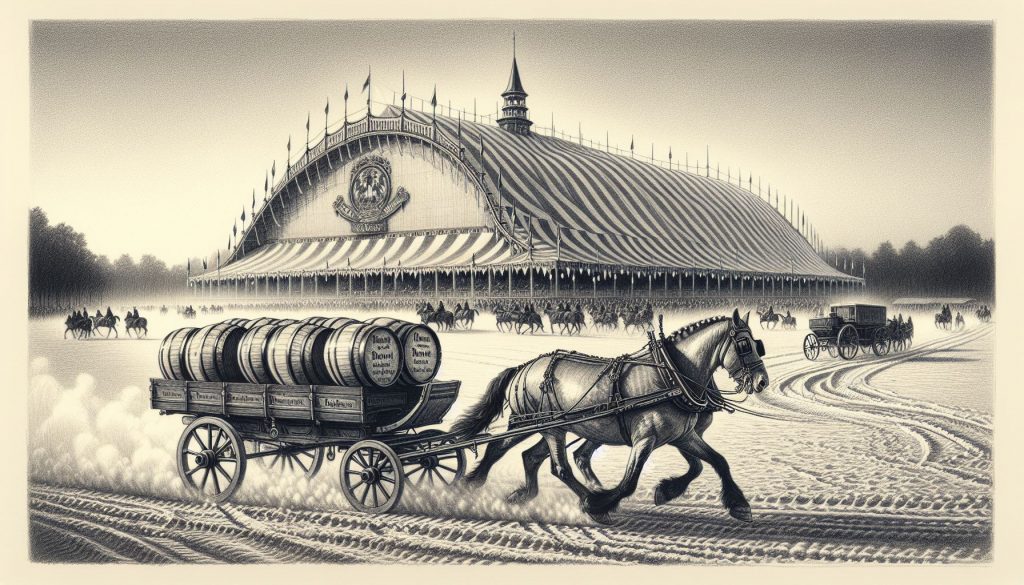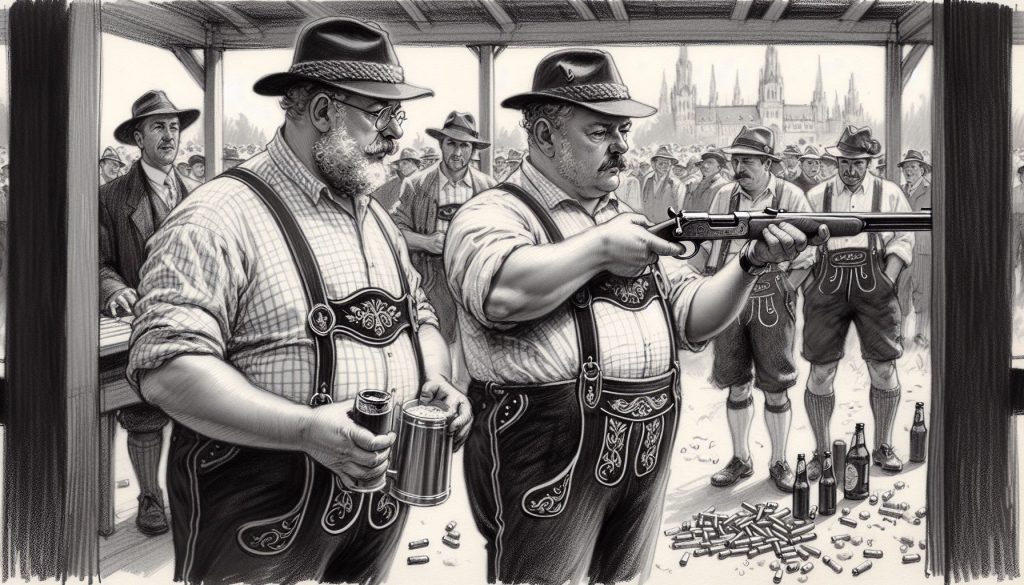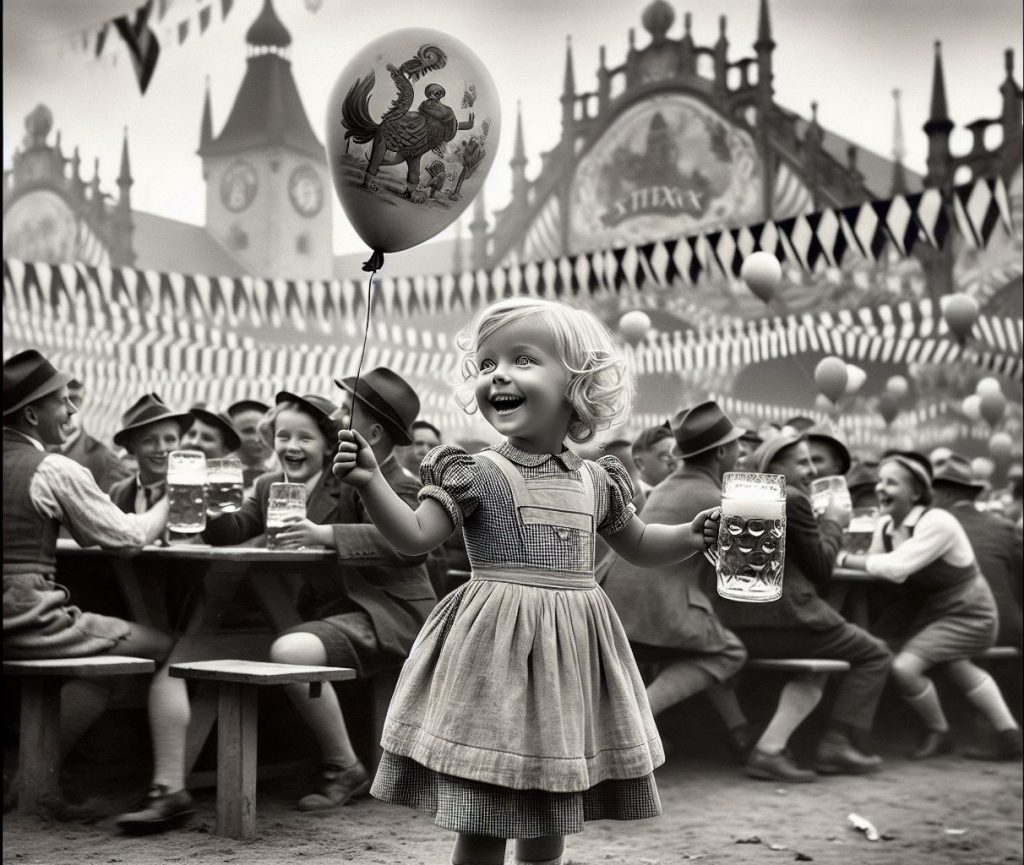About the Oktoberfest
Oktoberfest today
Over the last two centuries, the Oktoberfest transformed from a local Bavarian tradition into a global phenomenon.
The festival became synonymous with merriment, where the clinking of beer mugs blended harmoniously with traditional Bavarian music and the enticing aroma of roasted almonds and sausages filled the air.
The festival grounds grew larger, accommodating an increasing number of beer tents, amusement rides, and cultural events. It became a spectacle where locals and tourists alike could revel in the joyous spirit of Bavarian hospitality.
In a single year, Oktoberfest attendees guzzle down an astonishing amount of beer, reaching several million liters. The precise figures vary between 5-7 million liters, so it’s safe to say that beer flows like the Isar River during this 16-18 days period. Maybe that is why locals also call it the fifth season of the year.
approx. 6 mil. visitors yearly
more than 1 bil. € in revenue
History of Oktoberfest

The origins of the Oktoberfest are intricately tied to the royal wedding of Crown Prince Ludwig, who later became King Ludwig I of Bavaria, and Princess Therese of Saxony-Hildburghausen. The royal wedding took place on October 12, 1810, and the celebrations were grand and extravagant, befitting the union of a crown prince and a princess. The citizens of Munich were invited to join in the festivities, which were held on the fields in front of the city gates. These fields were subsequently named Theresienwiese (Theresa’s Meadow) in honor of the princess.

The wedding celebration was not merely a private affair for the nobility; it was a public event meant to involve and entertain the entire population of Munich. The festivities included horse races, parades, music, dancing, and, later on, copious amounts of food and beer. The people of Munich embraced the event with such enthusiasm that it was decided to repeat the horse races in the subsequent year, marking the beginning of the annual tradition.

The following year, in 1811, an agricultural fair was added to the horse races, attracting farmers and merchants from the surrounding regions. As the years passed, more and more attractions were introduced, including amusement rides, games, and the establishment of small beer stands. These beer stands eventually evolved into the large beer tents and halls that we see at the Oktoberfest today.
The Oktoberfest became not just a celebration of a royal marriage but also a celebration of Bavarian culture, traditions, and, notably, its excellent beer. Breweries in Munich started to participate, showcasing their finest brews to the attendees. Over time, beer became the central focus of the festival, and the quality and variety of beers on offer became a point of pride for both brewers and attendees.

As the festival continued to grow in popularity, it attracted visitors from other parts of Germany and eventually from all around the world. The spirit of camaraderie, the joy of communal celebration, and the love for good beer became the defining characteristics of the Oktoberfest. Thus, the royal wedding of 1810 not only marked the beginning of a beautiful marriage but also gave birth to a tradition that has endured for over two centuries, making the Oktoberfest in Munich a globally recognized and cherished event.

